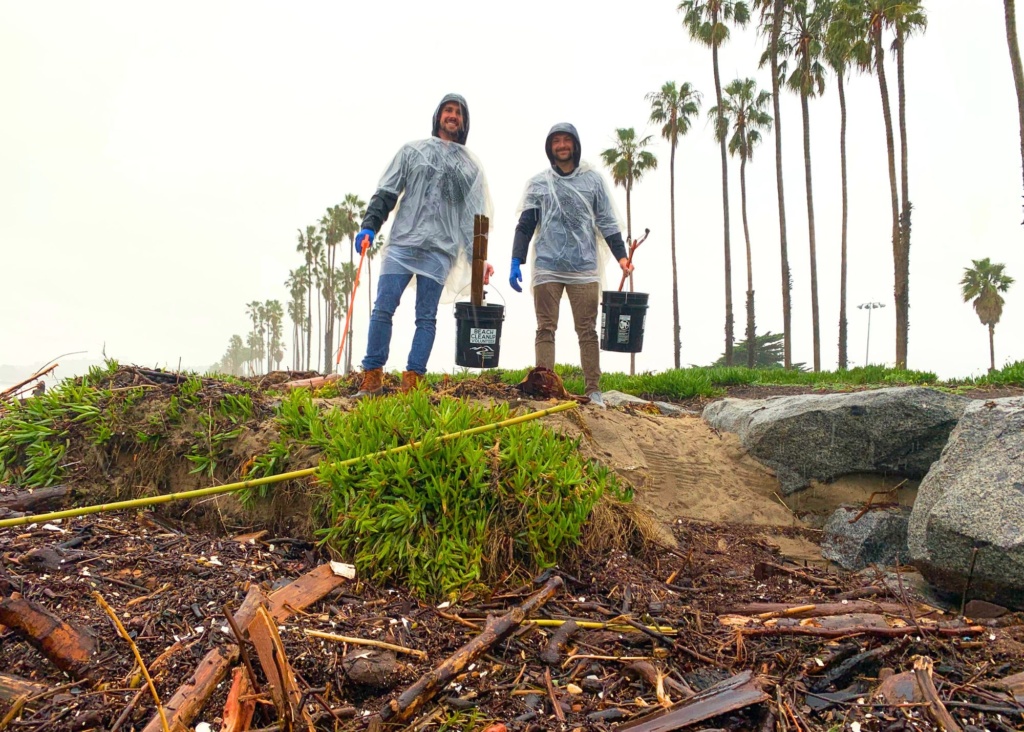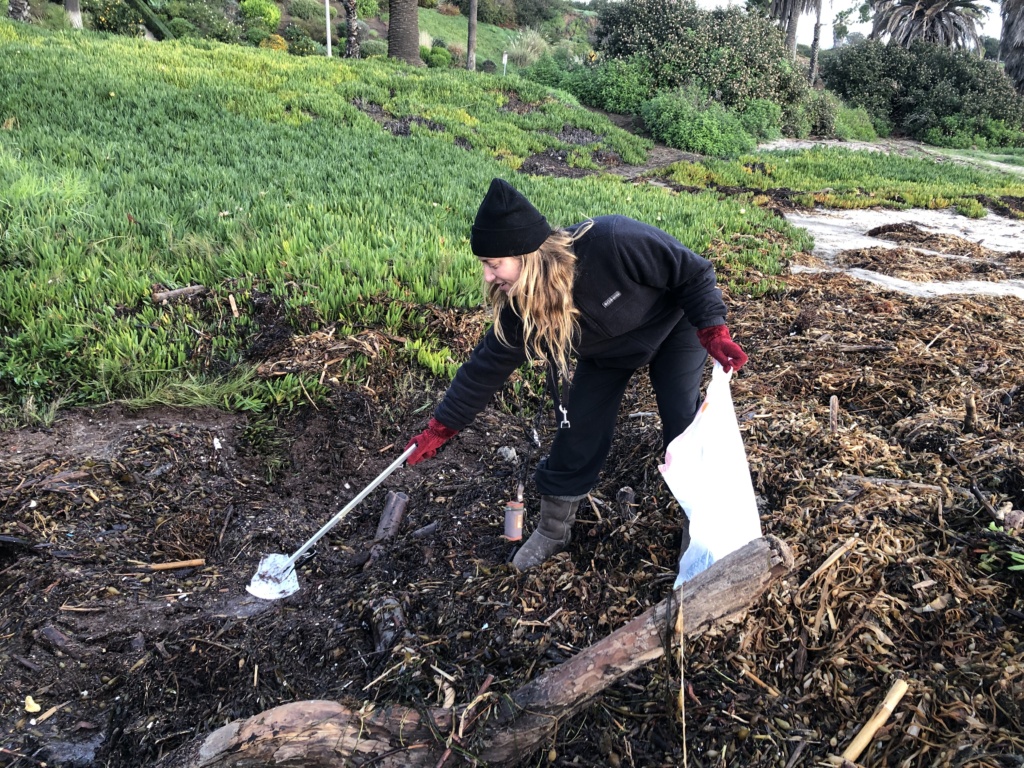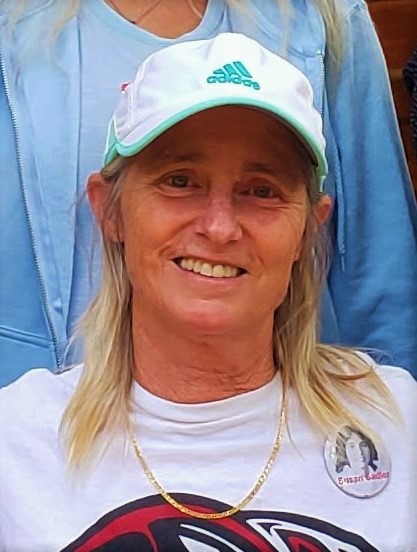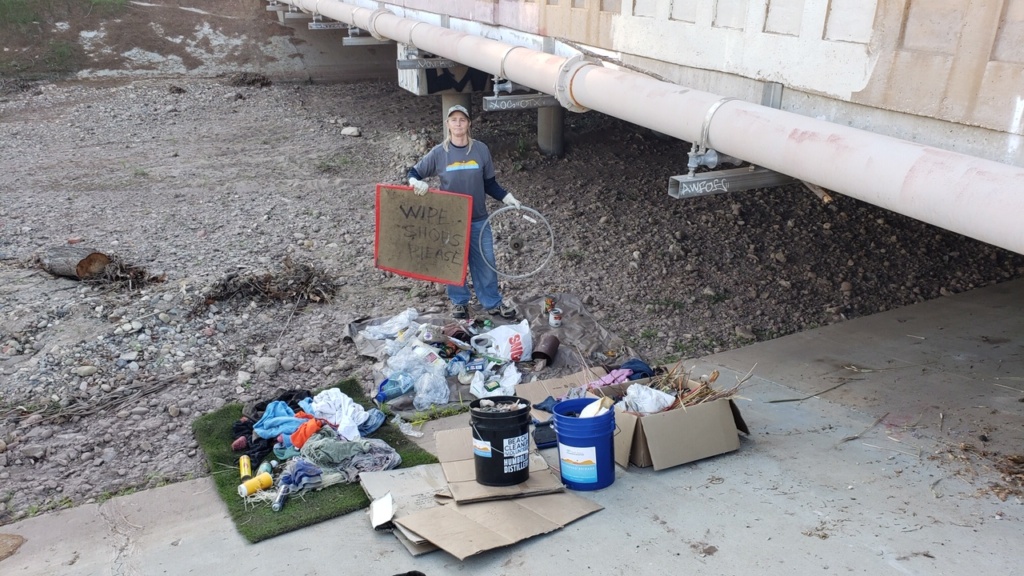“How long do you think it would take this plastic water bottle to break down?” Veronica Moran, Channelkeeper ‘s all-star program assistant, asks a group of cleanup volunteers.

“Forty years!” a young woman exclaims. “One hundred!” another responds.
“Good guesses! Actually, it’s more like 400 years,” Moran explains, “and these items are never really gone, they just break down into smaller and smaller pieces of plastic. That’s why the work you’re doing to remove trash from the beach is so important!”
Channelkeeper’s Watershed Brigade organizes hosted cleanups for school groups, companies, churches, and organizations. During these events, participants clear a stretch of beach of trash, removing items like cigarette butts, plastic lids, food wrappers, and cans. Once they have cleaned up the area, they weigh the trash they have collected and play the game “How Long Until It’s Gone?” which involves guessing the lifespan of the items they have found.
At hosted cleanups, participants also learn about the land-sea connection and the importance of removing trash from areas throughout the watershed to prevent debris from flowing down stormdrains, creeks, and rivers and into the ocean.

To demonstrate this connection, Moran relates the story of the Ojai Rubbish trash can that Channelkeeper staff removed from Santa Cruz Island last year, after powerful winter storms sent debris down the Ventura River and into the Santa Barbara Channel. Debris like this trash can, she explains, ended up on remote beaches of the Channel Islands, underscoring the importance of trash cleanups on the mainland.
This year, the Watershed Brigade has led eleven hosted cleanups, including the Santa Barbara School of Squash, the Turner Foundation, Camp Towanka, and the National Association of Federal Equity Receivers.
The Watershed Brigade’s hosted events are a positive and productive way for groups to work collaboratively to benefit the environment while also learning about the wonders of the Santa Barbara Channel.
To join the Watershed Brigade, click here or follow us on Instagram (@Watershedbrigade).



